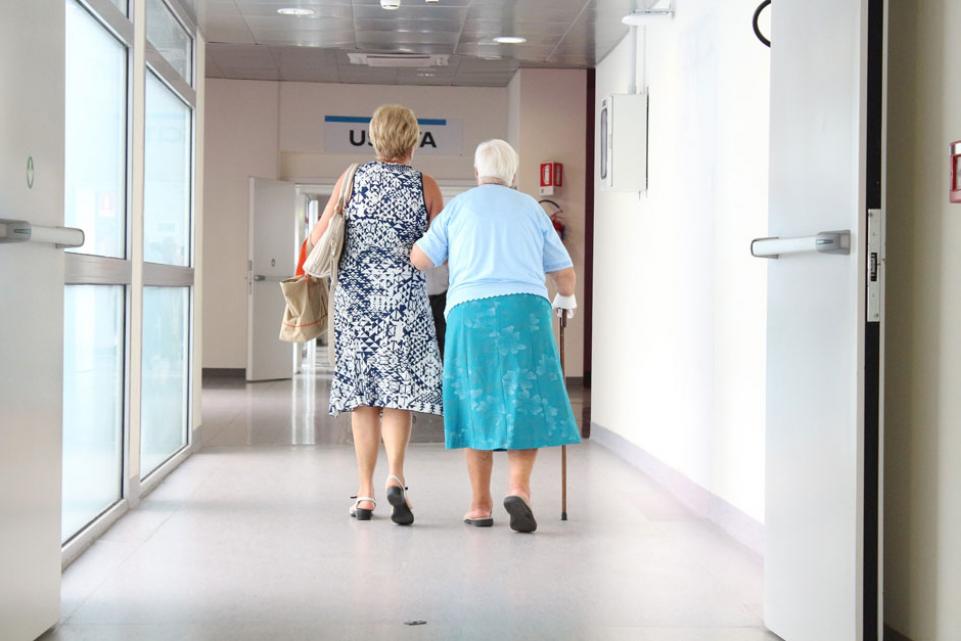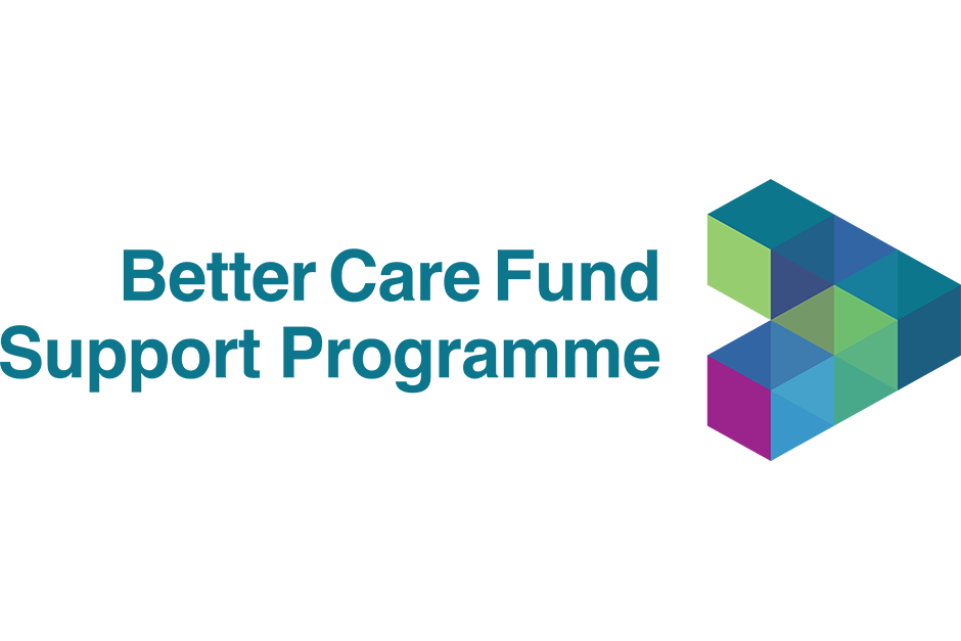In elective care, planning should begin before admission. In emergency or unscheduled care, robust systems need to be in place to develop plans for management and discharge, and to allow an expected date of discharge to be set within 48 hours.
Some things that people have told us about what works and how to overcome the challenges
- ensuring A&E has the right information
- setting the tone about discharge as soon as possible; engaging the family in thinking about discharge; and supporting conversations about ‘when am I going home?’ and ‘what do I need to do to get home’
- involving all the right people in strategic discussions at A&E delivery board, including primary care and voluntary and community sector; so that all partners see the whole system, broadening out the focus from the acute sector
- joining up fragmented patient record systems and sequential assessment processes used by different professional groups.
- achieving a shared understanding and use of expected date of discharge.
Featured pages

High impact change model examples of emerging and developing practice
The model identifies eight system changes that will have the greatest impact on reducing delayed discharge.

Better Care Fund Support Programme 2023-25
Commissioned by the Department of Health and Social Care (DHSC) and free to local systems, we provide a range of support approaches to local health and social care systems to improve how they commission and deliver health and care services which is integrated, effective and sustainable.

